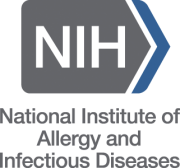Posted on November 30, 2017
Source: NIAID

"A study published today in the New England Journal of Medicine provides real-world evidence that implementing a combination of proven HIV prevention measures across communities can substantially reduce new HIV infections in a population.
Investigators found that HIV incidence dropped by 42 percent among nearly 18,000 people in Rakai District, Uganda, during a seven-year period in which the rates of HIV treatment and voluntary medical male circumcision increased significantly.
The HIV prevention strategy whose impact was observed in the study is based on earlier findings by the National Institutes of Health (NIH) and others demonstrating the protective effect of voluntary medical male circumcision for HIV-uninfected men and of HIV-suppressing antiretroviral therapy (ART) for halting sexual transmission of the virus to uninfected partners. The strategy is also based on studies showing that changes in sexual behavior, such as having only one sexual partner, can help prevent HIV infection.
'Before this study, we knew that these HIV prevention measures worked at an individual level, yet it was not clear that they would substantially reduce HIV incidence in a population—or even if it would be possible to get large numbers of people to adopt them,' said Anthony S. Fauci, M.D., director of the National Institute of Allergy and Infectious Diseases (NIAID), part of NIH. 'This new analysis demonstrates that scaling up combination HIV prevention is possible and can turn the tide of the epidemic.'"